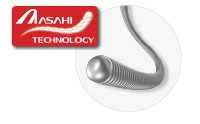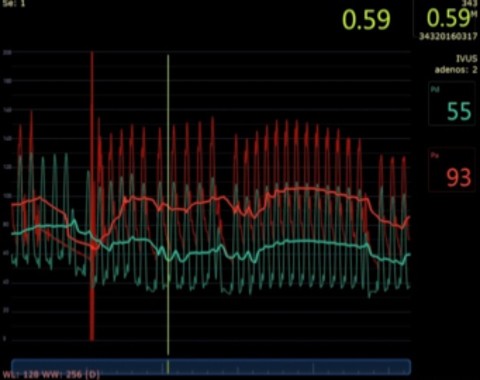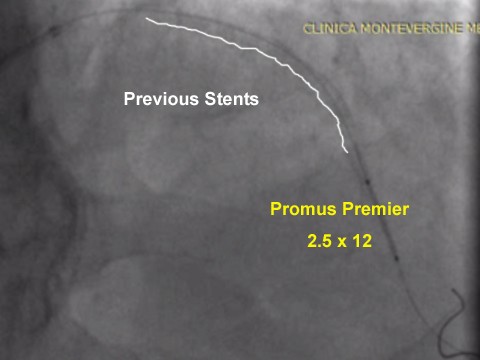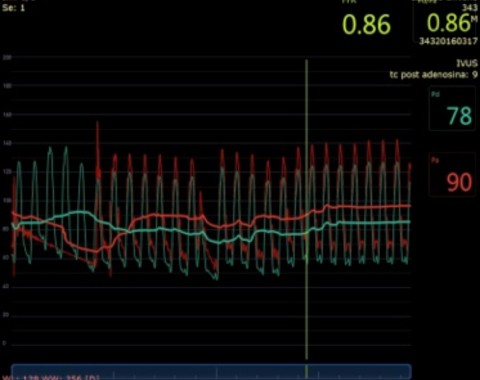FFR guided PCI with new COMET™ FFR Pressure guidewire reveals the true picture
Key learnings
This case highlights:
- New Asahi co-developed COMET™ FFR Pressure guidewire’s ability to assess and perform PCI with multiple devices and reconnections
- How FFR guidance changes treatment strategy & alerts the operator to the need for further intervention in sub optimal PCI – where ischemia is still present
Patient History
- 70 year old man with previous PCI to RCA
- Baseline angiography showed diffuse disease and calcium of the mid LAD



























